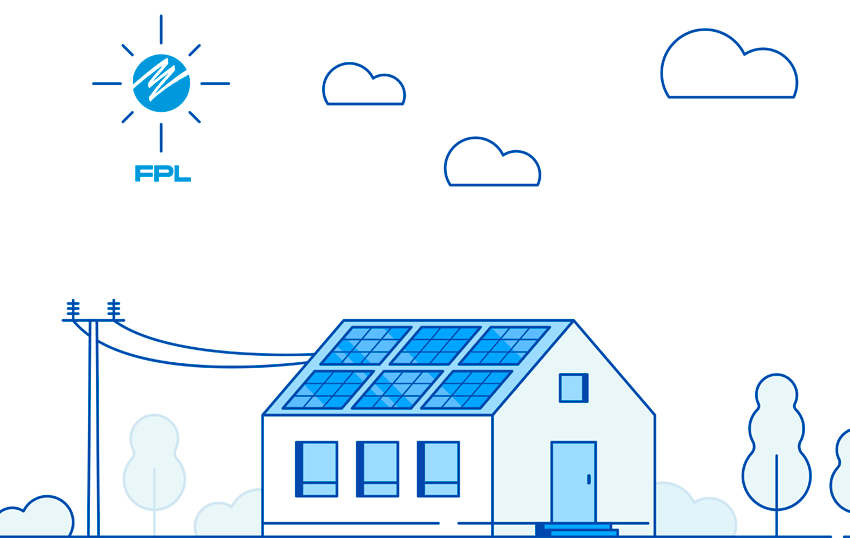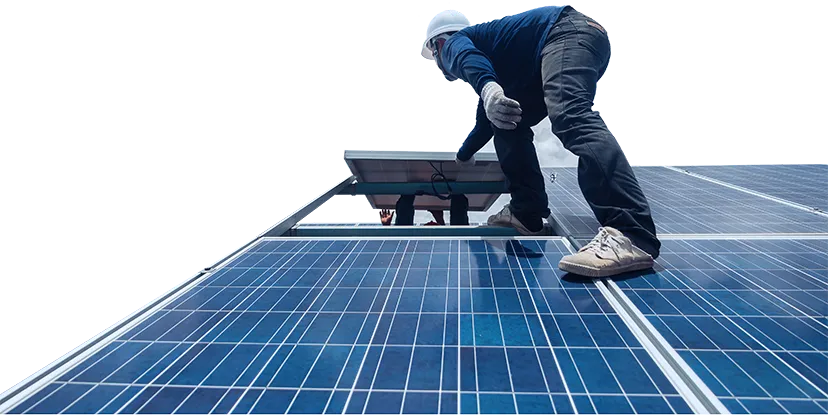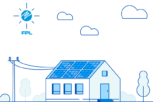Everything You Need to Know to Save and Maximize Your Investment

Solar energy in Florida has become one of the smartest and most profitable options for homeowners and businesses. Thanks to ideal weather conditions, government incentives, and Florida Power & Light’s (FPL) net metering programs, customers can take full advantage of this clean and renewable energy source. In this article, we will explore how the solar interconnection system with FPL works, how much you can save, and how to maximize the benefits of solar energy.
Why Invest in Solar Energy?
- Long-Term Savings
Installing solar panels significantly reduces electricity bills by generating power directly from the sun. According to current FPL data, customers with solar systems can offset their energy consumption and, in some cases, receive credits on their monthly bills thanks to the net metering program.
- Protection Against Rising Rates
Electricity costs have been increasing in recent years, while the price of solar panels has decreased. By producing your own electricity, you protect your home or business from future energy rate hikes.
- Incentives and Tax Benefits
- The Federal Tax Credit allows you to deduct up to 30% of the cost of installing solar panels.
- Florida exempts solar equipment purchases from taxes and does not charge additional property taxes for installing these systems.
- Increase in Property Value
A well-installed solar energy system can increase your home’s value by up to 4%, making it more attractive to future buyers.
How Does FPL’s Net Metering Program Work?
Net metering is an FPL program that allows customers with grid-connected solar systems to receive credits on their bills for the electricity they generate but do not use. Here’s how it works:
During the day, solar panels produce electricity that is used in the home or business.
If more electricity is generated than consumed, the surplus is sent to FPL’s grid.
For each kWh sent to the grid, FPL grants credits that can be used to reduce the cost of electricity consumed when the solar system is not producing enough energy (such as at night or on cloudy days).
How Much Does FPL Pay for the Energy You Return to the Grid?
- According to FPL’s current rate structure:
The basic rate for residential customers is $8.99 per month
The electricity cost for consumption under 1,000 kWh is 6.683 cents per kWh, and for consumption over 1,000 kWh, it is 7.683 cents per kWh.
The transition credit for kWh generated by solar panels is -0.198 cents per kWh.
This means that, depending on the size of your solar system and your energy consumption, you could significantly reduce your electric bill and even pay only the minimum required by FPL.
The Fixed Cost of Having an FPL Account
It is essential to understand that even if your solar system generates more energy than you consume and you accumulate enough credits through the net metering program, you will always have a minimum monthly cost to maintain your FPL account active.
Currently, FPL charges a basic monthly fee of $8.99 for residential customers, which covers the cost of maintaining the connection to the power grid, infrastructure maintenance, and other administrative services. This means that even if your solar system produces enough electricity to cover all your energy needs, you will still receive a bill with this minimum charge.
For businesses and commercial customers, this charge may vary depending on the service category and system size.
This point is crucial for those considering an investment in solar energy, as it means that your electricity bill can never be reduced to $0, but it can be drastically minimized by generating and storing your own energy.
Requirements to Connect Your Solar System with FPL
- To participate in the net metering program, FPL classifies solar systems into three tiers:
Most residential systems fall into this category.
Requires a visible manual disconnect switch.
Applies to large commercial or industrial installations.
- What Happens During a Power Outage? Can I Keep Using My Solar Energy?
Grid-connected solar systems require an interactive inverter, which shuts down solar production during a power outage to avoid risks to FPL technicians working on restoring service.
- However, if you want to keep using electricity during a blackout, you have two options:
Allows you to store excess solar energy and use it when the grid is down.
Integrates solar panels with a backup generator to ensure a continuous power supply during emergencies.
Solar Energy is the Future
Investing in solar energy in Florida is not only a smart financial decision but also a contribution to the environment and the state’s energy independence. With programs like FPL’s net metering and federal tax incentives, there has never been a better time to transition to renewable energy.
If you want to learn more about how to install a solar system in your home or business and start saving on your electricity bill, contact us today, and we will guide you through the entire process. Take advantage of Florida’s sunshine to power your future!





